Radical portraits of LGBTQI+ people around the world
- Text by Isaac Muk
- Photography by Robin Hammond

In 2014, photographer Robin Hammond was living and working in the Nigerian capital of Lagos when he heard a tragic story that caught his attention. A group of five men in the north of the country had been arrested for engaging in homosexual acts before being detained and tortured.
“I had been working in Sub-Saharan Africa since about 2007, and I was very much aware in those years of this rising tide of homophobia and transphobia on the continent,” Hammond explains. “[These men] had just been released, so I went up from Lagos to meet them.”
When he sat down with them, he heard their accounts of torture, being publicly lashed, and how they had to hide as protestors called for them to be stoned to death. They were keen for him to tell their story and raise awareness for their cause, but when he took out his camera to take pictures of them, the tone shifted.
“It was really challenging because they were really afraid,” Hammond says. “They said: ‘Look, you can tell our story but there’s no way you can photograph us’.”

As a photographer and visual storyteller, he realised that he needed to find a compromise that everyone would be comfortable with, so drew for a camera that he wasn’t expecting to need. “I was photographing at the time with a large format polaroid camera, and I said: ‘Hey, why don’t we use this – I’ll take the photograph in the way you want, I give you the polaroid and, if you’re comfortable with it you can give it back to me,’” he explains. They agreed, Hammond took the photograph, and after waiting a minute or two for it to develop they handed it back to him.
This would become Hammond's way of photographing others in comparable positions. From then until 2019, he has travelled across the world to several countries – from Cameroon to Malaysia, via Russia – where there are laws criminalising the activity or existence of LGBTQI+ people. In each situation, he would repeat the same process – take someone's picture, show it to them and ask if he could keep the final result. “It started this process, which became very collaborative from a safeguarding point of view,” he says. “Folks weren’t going to contribute to this story if they thought it was going to put them in danger."
A number of the polaroid portraits have been collected and presented in Hammond's new photobook, Where Love Is Illegal. Invited into the homes of LGBTQI+ people, who often had to hide and bury their identities, Hammond encouraged them to dress and express themselves how they wanted, before giving them the final say on whether they wanted to show the world.
The pictures are intimate, tender and beautiful, but filled with tension. Behind each image is the knowledge that so many people and communities live in fear of being fully able to express themselves, lest they could face imprisonment – or, in extreme cases, the death penalty. However, the images also speak to the resilience of LGBTQ+ communities all over the world, no matter how visible they might be. “Wherever you go, there’s queer folks,” Hammond says. “It doesn’t matter how much you deny it, and as much as there are folks who try to stomp out this scourge of homosexuality – gay folks and queer folks around the world persevere.”
Of course, it’s not only laws and authorities that can put LGBTQ+ people in danger. “There’s threats from police and such,” Hammond says. “But these laws also give permission to people who are homophobic or transphobic to take the law into their own hands.” This applies even to countries with progressive attitudes, where protections for queer people are enshrined in law.
“We should also caveat that it’s not just in countries that have legal sanction where people face homophobia and transphobia,” he continues. “And I think while it’s really, really terrible to see states punish people, from the folks I’ve met the greatest pain inflicted on them is when it comes from their families – the people who they trust and love the most can often be the most discriminatory."
Text in the captions has been lightly edited for length and clarity.
Where Love is Illegal by Robin Hammond is published by Editions Bessard. Find out more about his non-profit organisation Witness Change, which fights to end human rights violations through visual storytelling here.
Follow Isaac on Twitter.
Enjoyed this article? Like Huck on Facebook or follow us on Twitter.
Latest on Huck
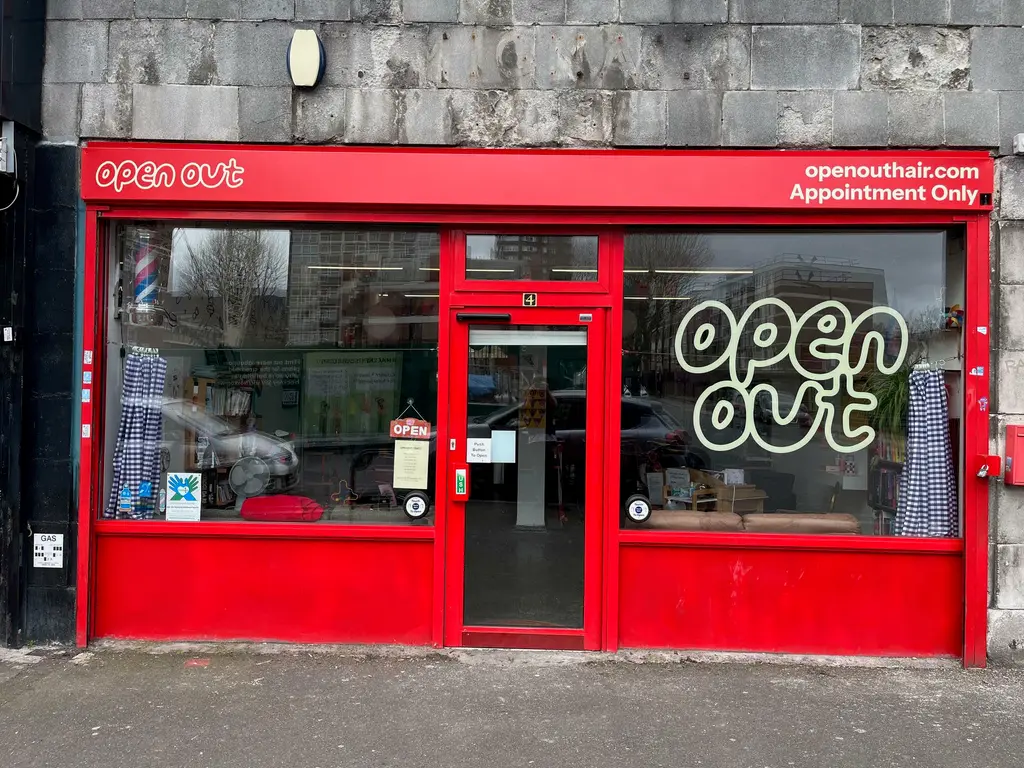
Meet the trans-led hairdressers providing London with gender-affirming trims
Open Out — Since being founded in 2011, the Hoxton salon has become a crucial space the city’s LGBTQ+ community. Hannah Bentley caught up with co-founder Greygory Vass to hear about its growth, breaking down barbering binaries, and the recent Supreme Court ruling.
Written by: Hannah Bentley
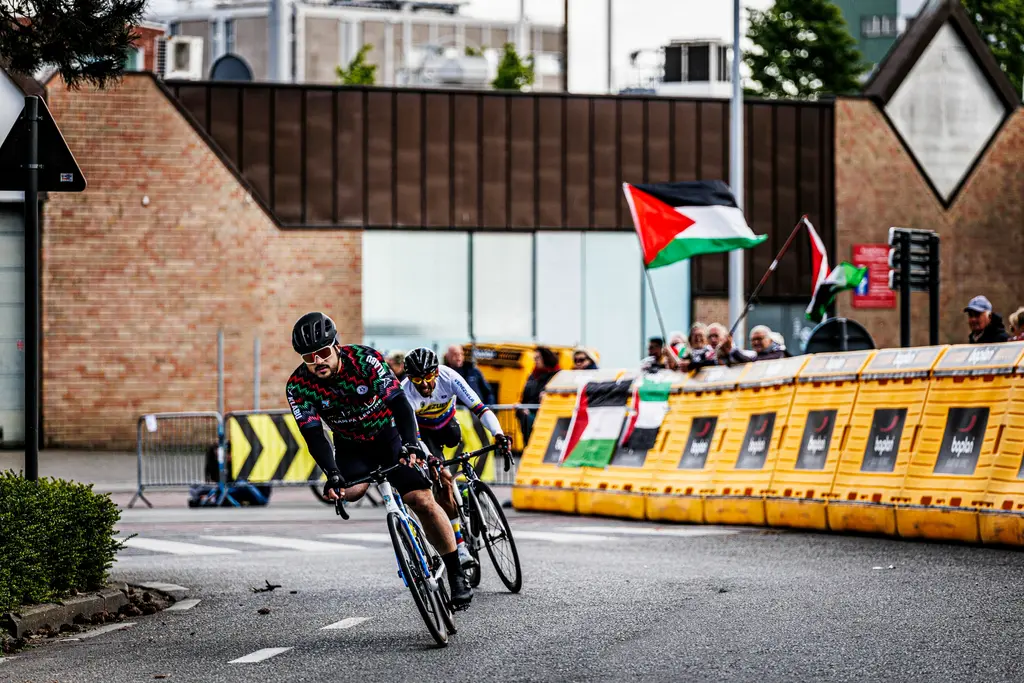
Gazan amputees secure Para-Cycling World Championships qualification
Gaza Sunbirds — Alaa al-Dali and Mohamed Asfour earned Palestine’s first-ever top-20 finish at the Para-Cycling World Cup in Belgium over the weekend.
Written by: Isaac Muk
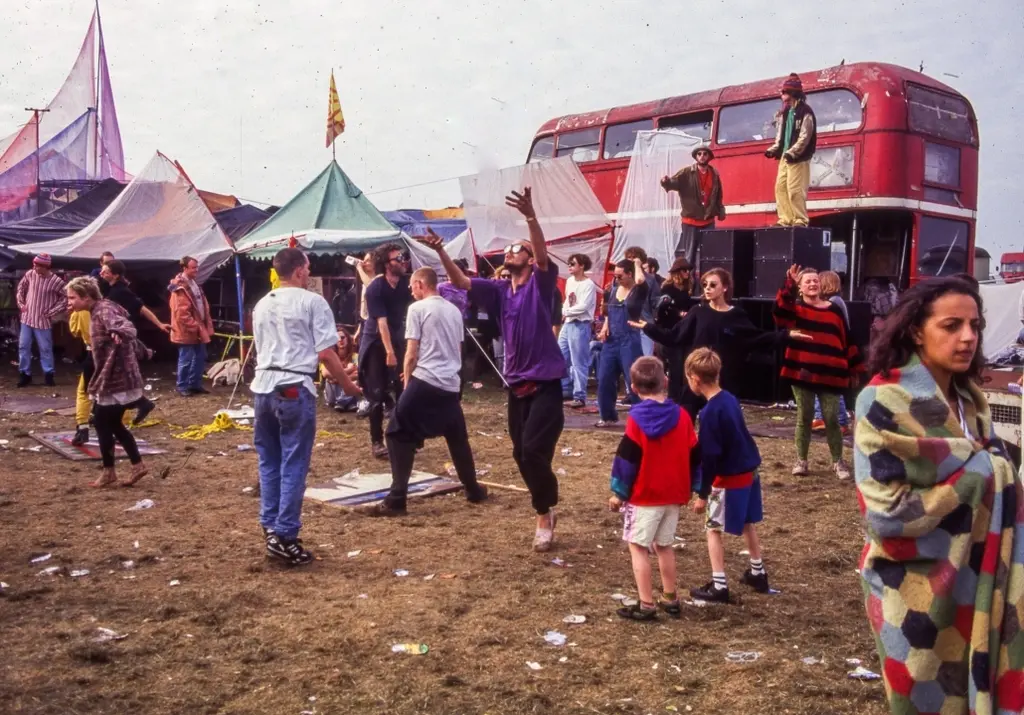
New documentary revisits the radical history of UK free rave culture
Free Party: A Folk History — Directed by Aaron Trinder, it features first-hand stories from key crews including DiY, Spiral Tribe, Bedlam and Circus Warp, with public streaming available from May 30.
Written by: Isaac Muk
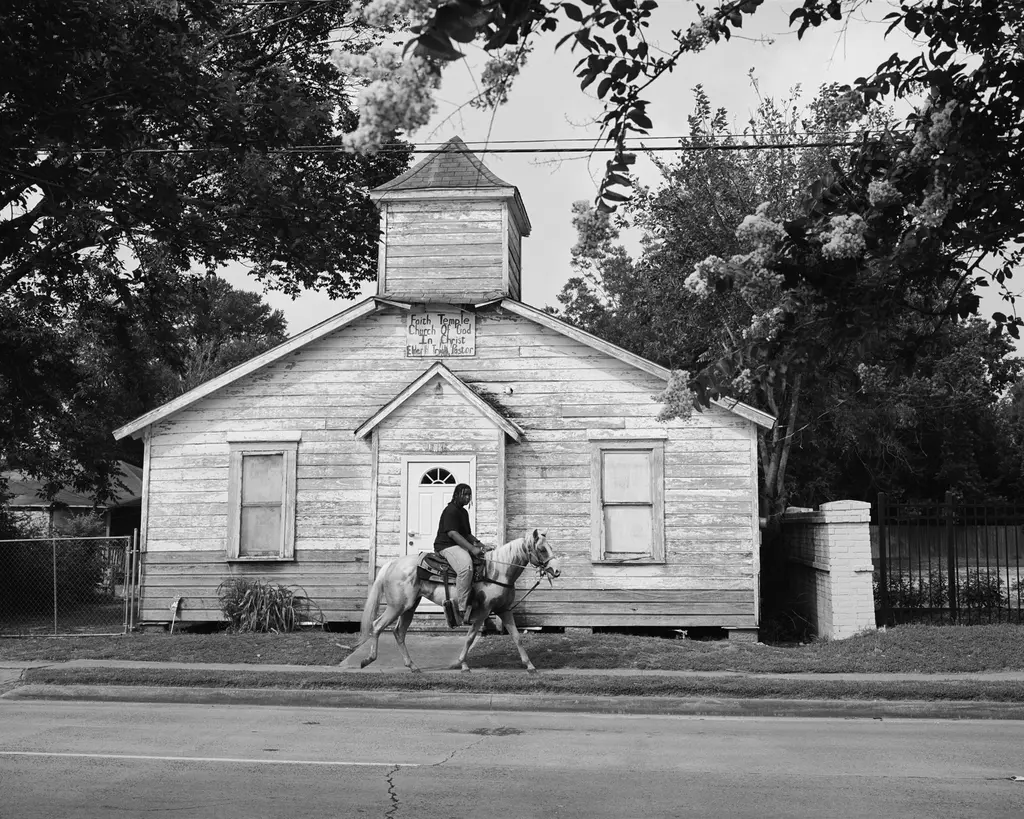
Rahim Fortune’s dreamlike vision of the Black American South
Reflections — In the Texas native’s debut solo show, he weaves familial history and documentary photography to challenge the region’s visual tropes.
Written by: Miss Rosen
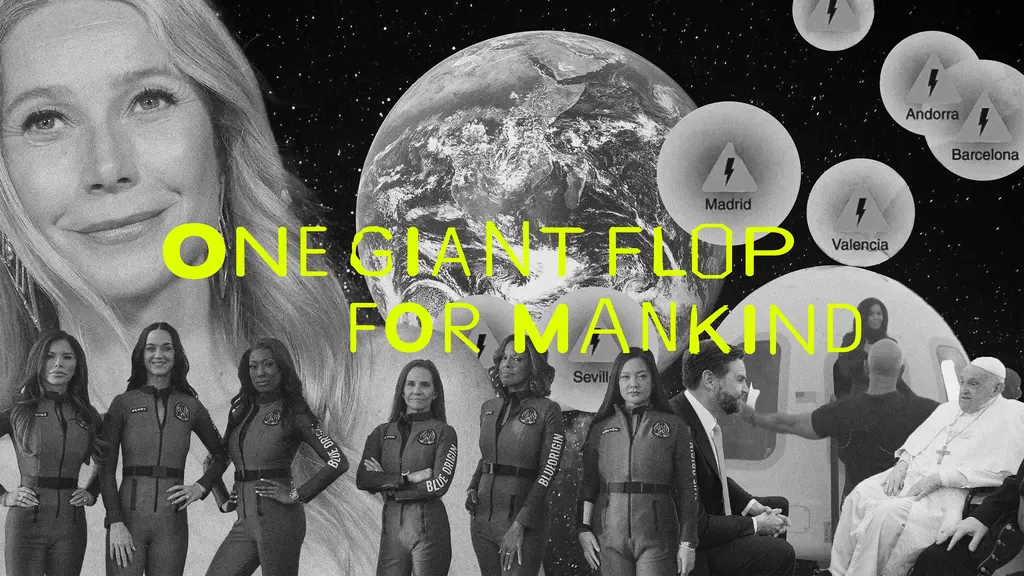
Why Katy Perry’s space flight was one giant flop for mankind
Galactic girlbossing — In a widely-panned, 11-minute trip to the edge of the earth’s atmosphere, the ‘Women’s World’ singer joined an all-female space crew in an expensive vanity advert for Jeff Bezos’ Blue Origin. Newsletter columnist Emma Garland explains its apocalypse indicating signs.
Written by: Emma Garland
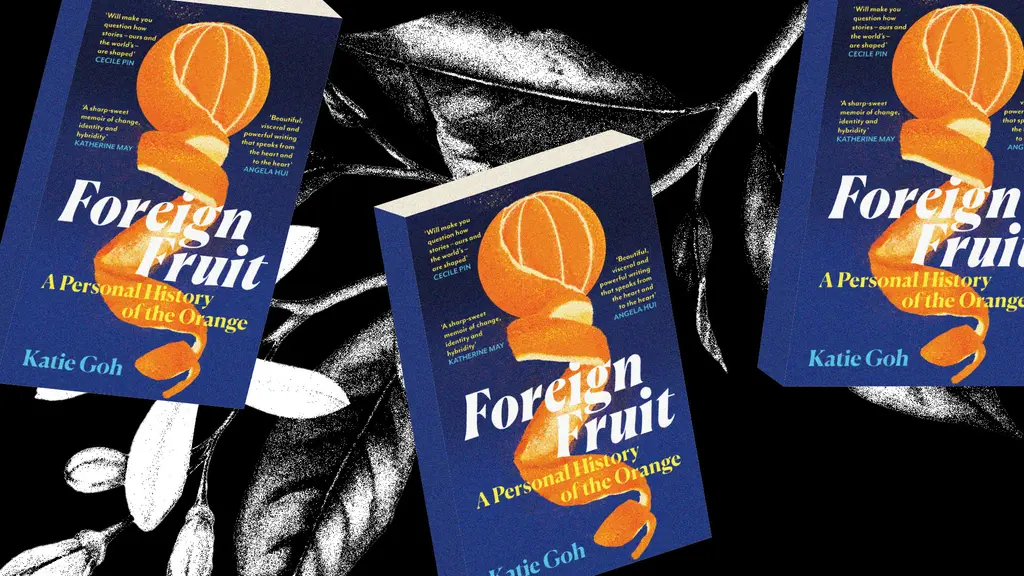
Katie Goh: “I want people to engage with the politics of oranges”
Foreign Fruit — In her new book, the Edinburgh-based writer traces her personal history through the citrus fruit’s global spread, from a village in China to Californian groves. Angela Hui caught up with her to find out more.
Written by: Katie Goh





